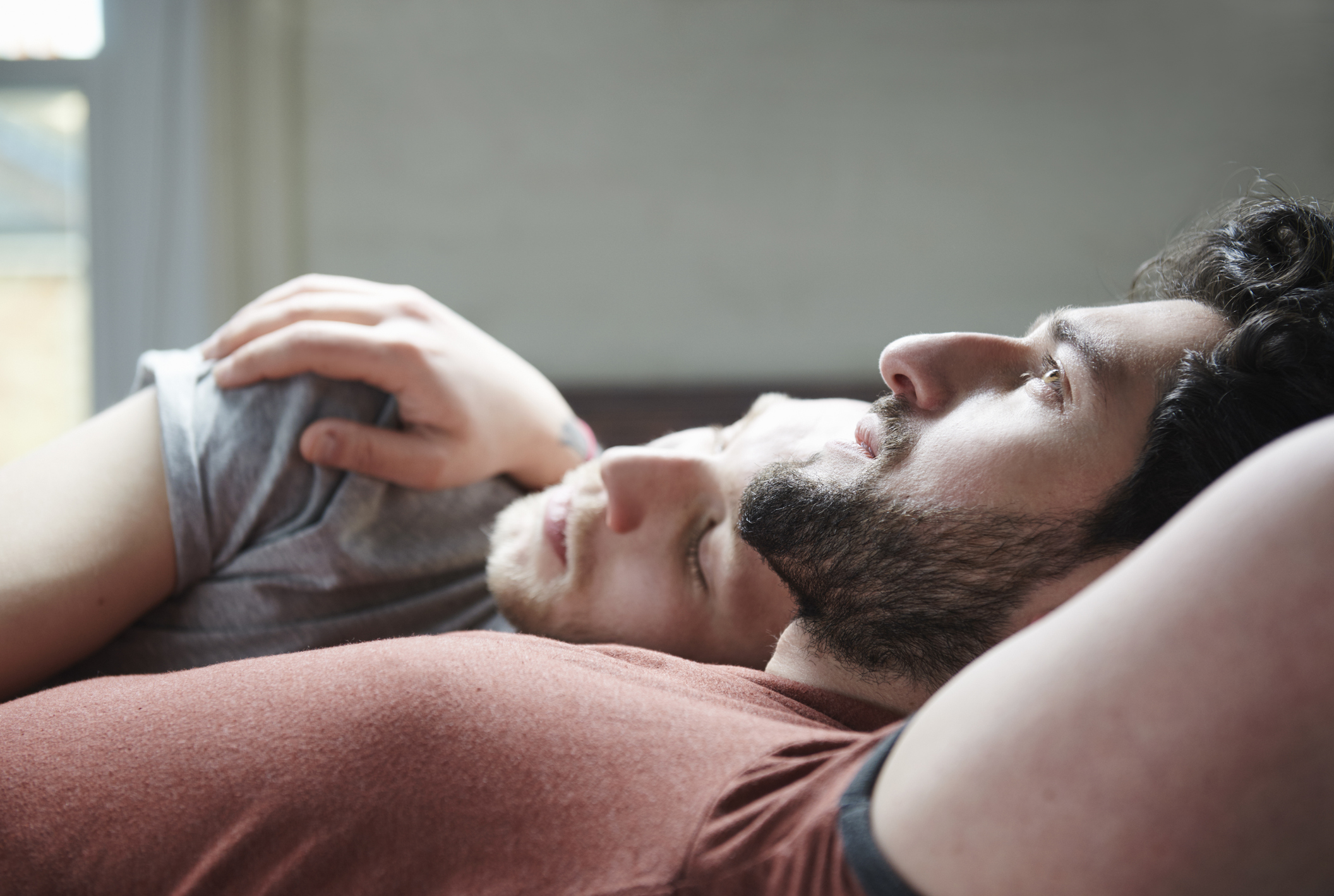The well-attended session at UKIO 22 in Liverpool was the third in the Society’s Patient Voice series.
Chair Lynda Johnson, SoR professional officer, introduced the event by thanking Sandie Mathers, chair of the College of Radiographers board of trustees, for introducing the Patient Voice series to the conference two years ago.
Sandie said the Patient Advisory Group (PAG) had worked hard to ensure the Patient Voice sessions were included in the UKIO programme, noting that this was the first live Patient Voice session because the previous two had been virtual. Sandie thanked all the PAG members and its chair, Philip Plant, for their support and Lynda for developing the Building Inclusive Culture session. Sandie added that she hoped these important patient-focused sessions would continue to be an increasing part of the UKIO programme
The session was designed to be interactive and Lynda asked attendees to register online with their phones so they could join in the discussion.
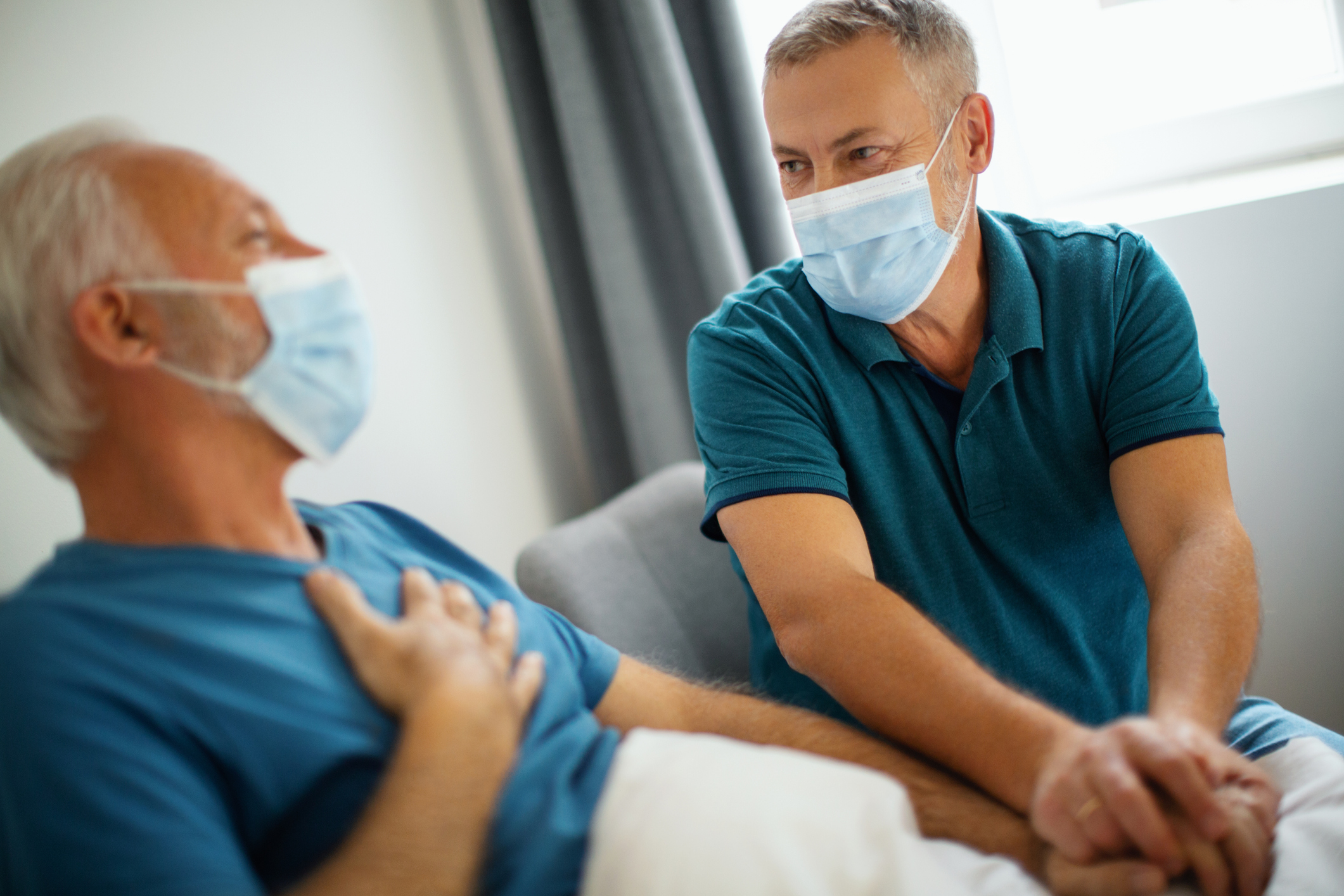
Commitment
Lynda also explained that the Society was fully committed to furthering the cause of patient involvement.
She said: “The SoR has set a clear agenda for patient-centred care through the publication of some key documents over the last few years, particularly the Patient, Public and Practitioner Partnership within Imaging and Radiotherapy Guiding Principles.”
Lynda said that a year ago the Society had published its Inclusive Pregnancy Status Guidelines and she added that just that week, another member of the panel, Gareth Hill, had published Supporting Lesbian, Gay and Bisexual People in Healthcare. These and all SoR documents are public access and available on the Society's website.
First to present was Stewart O’Callaghan, chief executive and founder of Live Through This. They had used their personal experience of cancer to develop the charity, which works to improve the representation, information and support available to members of the queer community affected by cancer.
Stewart kicked off by asking attendees what inclusivity looked like to them. Responses included: listening to all voices, transparency, being person centred, fairness, equality, openness and understanding.
Stewart went on to explain what an inclusive culture involved, starting by emphasising the difference between equality and equity. While equality means “treating everyone the same”, equity is the absence of systemic barriers in health, social determinants of health or policies between groups with varying levels of social advantages.
Stewart said that conflating the two terms can lead to errors: “Obviously everyone isn't the same and we might have to support some people additionally so they can access equitable healthcare. We might have to do more so that everyone can get the same.”
Stewart went on to cover the barriers to inclusive culture, including implicit bias, where people act on the basis of prejudice and stereotypes without intending to do so.
“We think we’re doing the right thing but sometimes we can still be causing a problem,” they said. “We have to reflect on this and make sure [implicit bias] isn’t affecting our treatment of others.”
Despite such barriers to change, healthcare workers are open to learning about ways to overcome them. Stewart referenced a study of oncologists’ attitudes to LGBTIQ+ patients – only 8% said they felt confident in their knowledge and just 5% felt prepared by their training but 75% believed they would benefit from education on the subject.
Stewart concluded by saying that as part of their reflection on what building an inclusive culture means, practitioners may want to update their guidance and policies.
Questions to ask when implementing change
- What are the barriers?
- Is my proposed change being developed elsewhere?
- Where are the internal support and resources?
- Which other authors, colleagues or patients should be involved?
- Does the change need a pilot phase?
- How will you evaluate the impact?
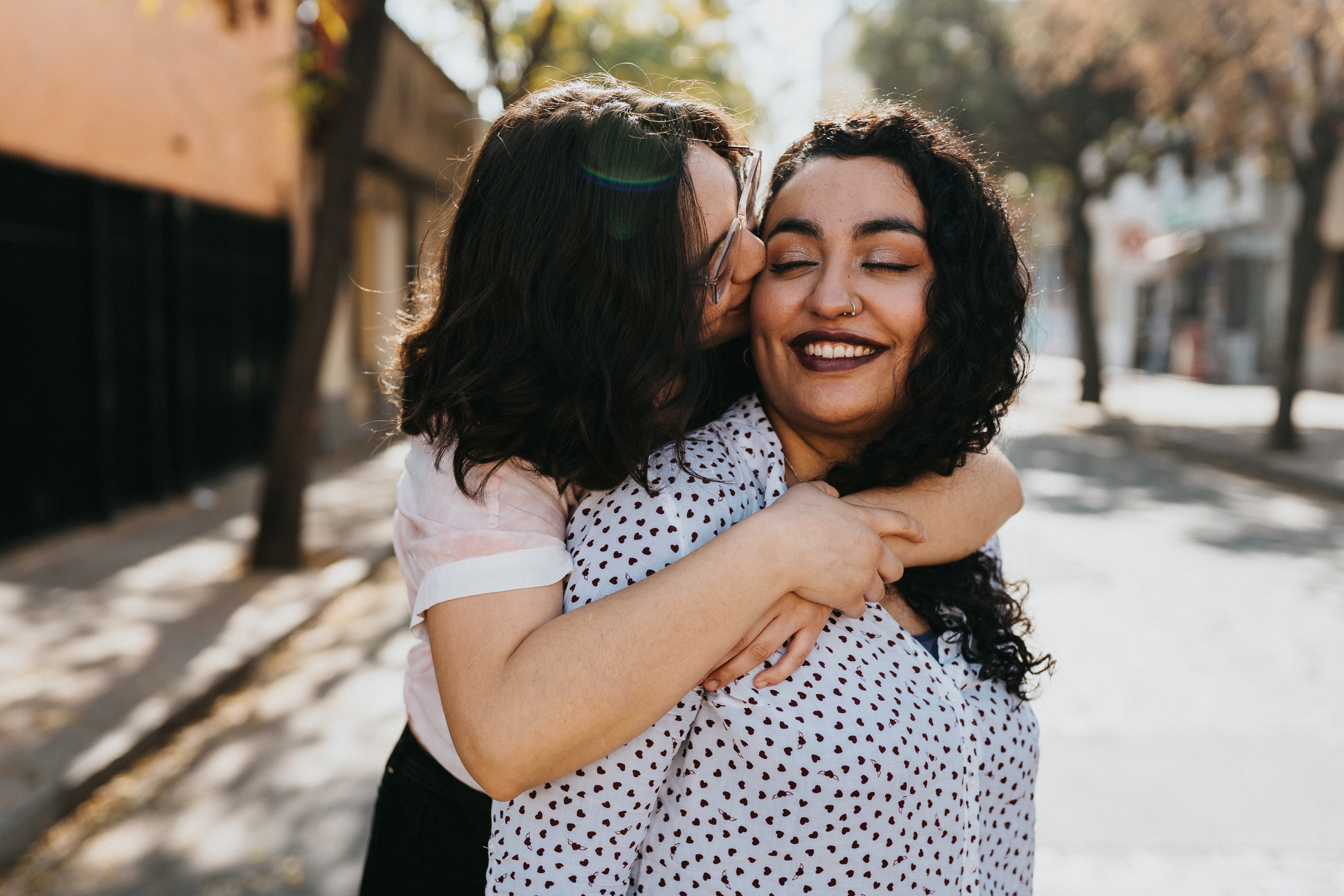
Person-centred culture
The next to speak was Gareth Hill, who qualified as a radiographer in 2007 and has progressed to deputy director, evidence, at Healthcare Improvement Scotland, with expertise in person-centred care. He recently completed a PhD examining lesbian, gay and bisexual people’s support needs relating to cancer.
Gareth defined the key qualities of a person-centred culture as being:
- Allyship and advocacy
- Acknowledging power dynamics
- Change in research interest and priorities
- Cultural humility
- Healthy challenge to create a person-centred culture.
Commenting on the last two points, Gareth said: “We want to foster a sense of cultural humility rather than competence and have a healthy approach to challenge within our teams.”
Participatory research
Gareth added that research methodologies in the area were gravitating away from traditional quantitative and qualitative approaches towards participatory and participatory action research: “It is interesting to see that this is starting to be supported more by the relevant professional bodies. Within radiography, there is more scope to be able to use these methods.”
He went on the describe his own research, working with lesbian and gay people affected by cancer.
“We followed a participatory enquiry [approach] but we worked with the participants to establish an image of themselves. Rather than, for example, asking them what their experiences of care were, we used the maps that the participants created to reflect on who they were. I must be honest, I was absolutely blown away by the work they did. It was a really useful tool to allow people to be able to discuss their experiences,” Gareth said.
“There were a lot of stories about what had happened to these people when they were in receipt of care and that’s where the development of the practitioner guide [Supporting Lesbian, Gay and Bisexual People in Healthcare] came from as one output of the research.”
Gareth gave an example of care received by one of the participants, who describes her experience with a nurse: “She’s going through the paperwork before they administer the first dose and says, ‘I’m sorry I have to ask you this, but could you be pregnant?’ I said no because I’m a lesbian. She looked very surprised and walked away.
“I thought, OK, she hadn’t seemed like anyone who might be homophobic. Then she came back and asked: ‘Your form says you were actually widowed but then you say you are lesbian?’
“I then had to say: ‘Well, actually, it was my civil partner who died and I ticked the widowed box.’ That was horrible.”
Gareth said this experience highlights that there are still some health professionals who don’t understand that same-sex people can be next of kin.
Another example was of somone who tried to engage in light-hearted conversation with a clinician about the impossibility of being pregnant because she was a lesbian and had had her ovaries removed but was met with silence.
He then asked the audience for similar examples in their own practice. The responses included a transgender woman being the subject of radiographers’ inappropriate comments while being treated for prostate cancer, and the partner of a lesbian patient being refered to as “her friend”.
There then followed a general discussion about the difficulties of challenging a non-inclusive culture.

Allyship
The final panellist was Kerrie-Anne Calder, who, following a career in clinical radiotherapy, now works as a radiotherapy lecturer at the University of Liverpool.
Kerrie-Anne began by emphasising the importance of allyship: “I’m not gay but I’m old and I try my best. When I was a student, we never had sessions like this. We were never told that we needed to support gay people differently.”
She said that although she had not received training in inclusive practice, she felt it was important to treat everyone the same.
“I thought I was doing a great job because I was treating everyone the same and I was quite proud of that,” she said. “As I’ve gone through my career and moved into teaching, I’ve realised how many mistakes I have made and I’ve learnt so much from working with Stewart and Gareth.”
Kerrie-Anne explained why she believes LGBTQ issues are her issues.
“They are a big factor in my professional life. Unfortunately, when I came out of clinical practice it still wasn’t at the forefront of my thinking. My main aim now is to make sure I do a lot of sessions with Stewart to teach our students more.”
She said the object of those sessions was to stop her students from making the same mistakes she did. “We need empathy, understanding and respect,” she said.
Site-specific machines
Kerrie-Anne then discussed how the use of specialised equipment to treat particular areas of the body was presenting difficulties for LGBTQ patients undergoing radiotherapy.
“A transgender female with prostate cancer was put on [a site specific] machine. Every day we would go out and say: ‘Mr Jones, can you drink your water?’ and then it would come to this female patient and it would be: ‘Mrs Jones, can you drink your water?’ We’d outed her to everybody.
“I treated her the same and I didn’t single her out. I shouted out her name and gave her the instructions the same as everyone else. It was only after I’d started looking into equality issues that it dawned on me what I had done to that person.
“That’s one of the things that I really want to stop happening. We were wrong as a department to do that to that patient but I’m going to do better and I’m going to make sure that my students don’t make that same mistake.”
Stewart ended the session by asking everyone to make a pledge to build their own inclusive culture.
The panel’s pledges
Lynda: “To challenge discriminatory comments and behaviours that are used to block change.”
Stewart: “To always engage with the community so they can guide my work to improve the patient experience.”
Gareth: “To be aware of and responsive to issues faced by LGBTQ+ people accessing care, to use inclusive language and respect identity.”
Kerrie-Anne: “To be an inclusive teacher, to support my students in their learning and encourage them to become inclusive practitioners.”
Teaser image: Tara Moore/Stone/Getty Images
Main images: Aja Koska/Eplus/Getty Images; Nicolas Fuentes/500px Prime/Getty Images;Jim Craigmyle/Stone/Getty Images
Related News
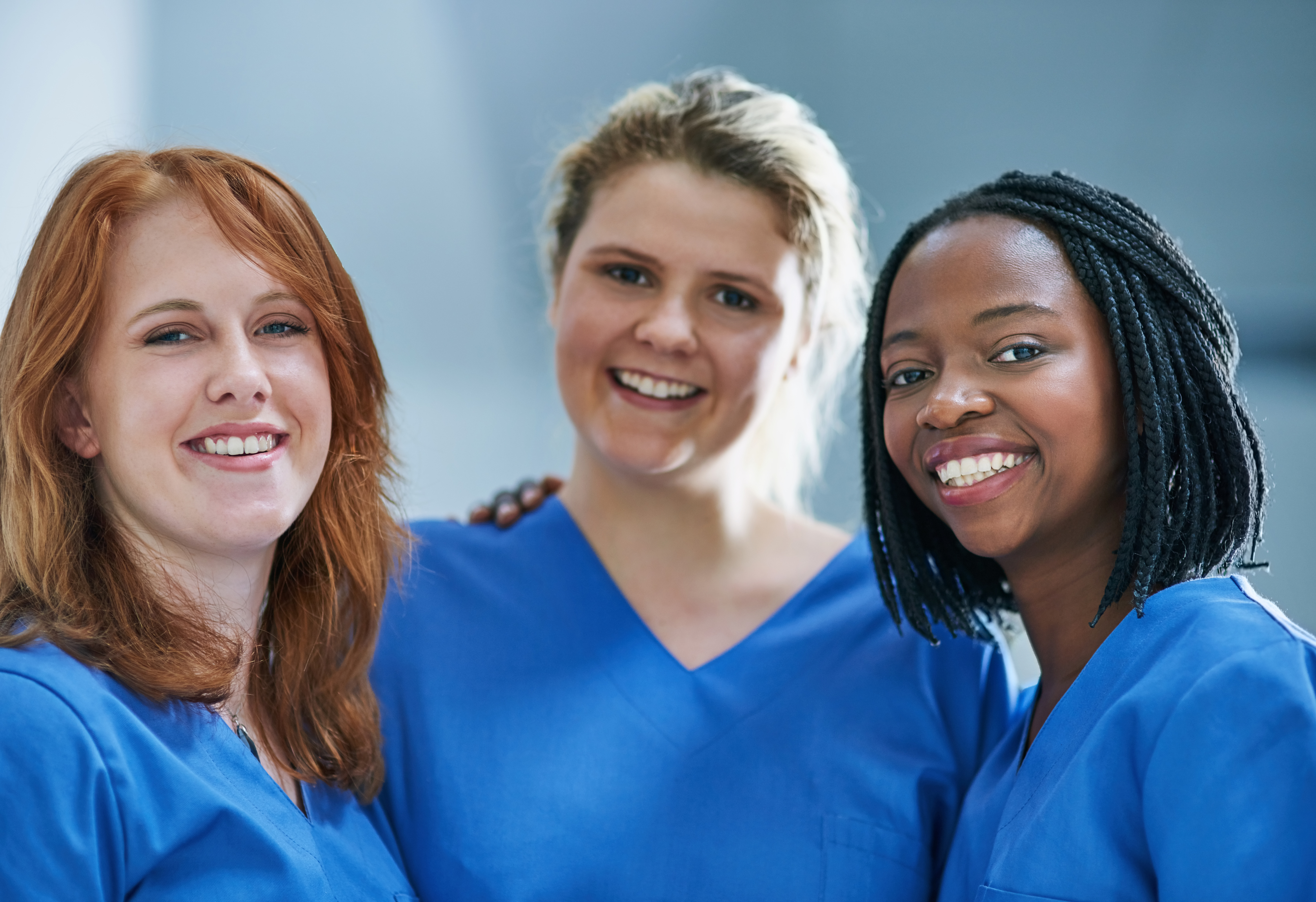 EDI
EDINew framework for AHPs to tackle health inequalities
Initiative to help all AHPs consider their role in reducing health inequalities
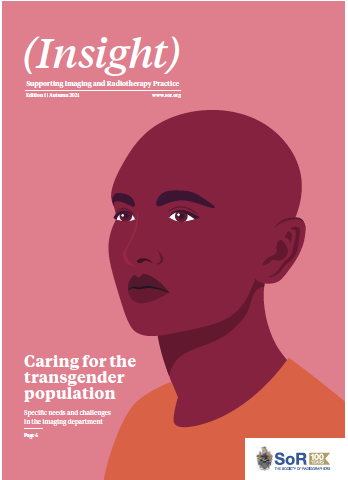 EDI
EDIOpinion - caring for transgender patients
An anonymous radiographer working in the UK considers a third way when caring for the tran...
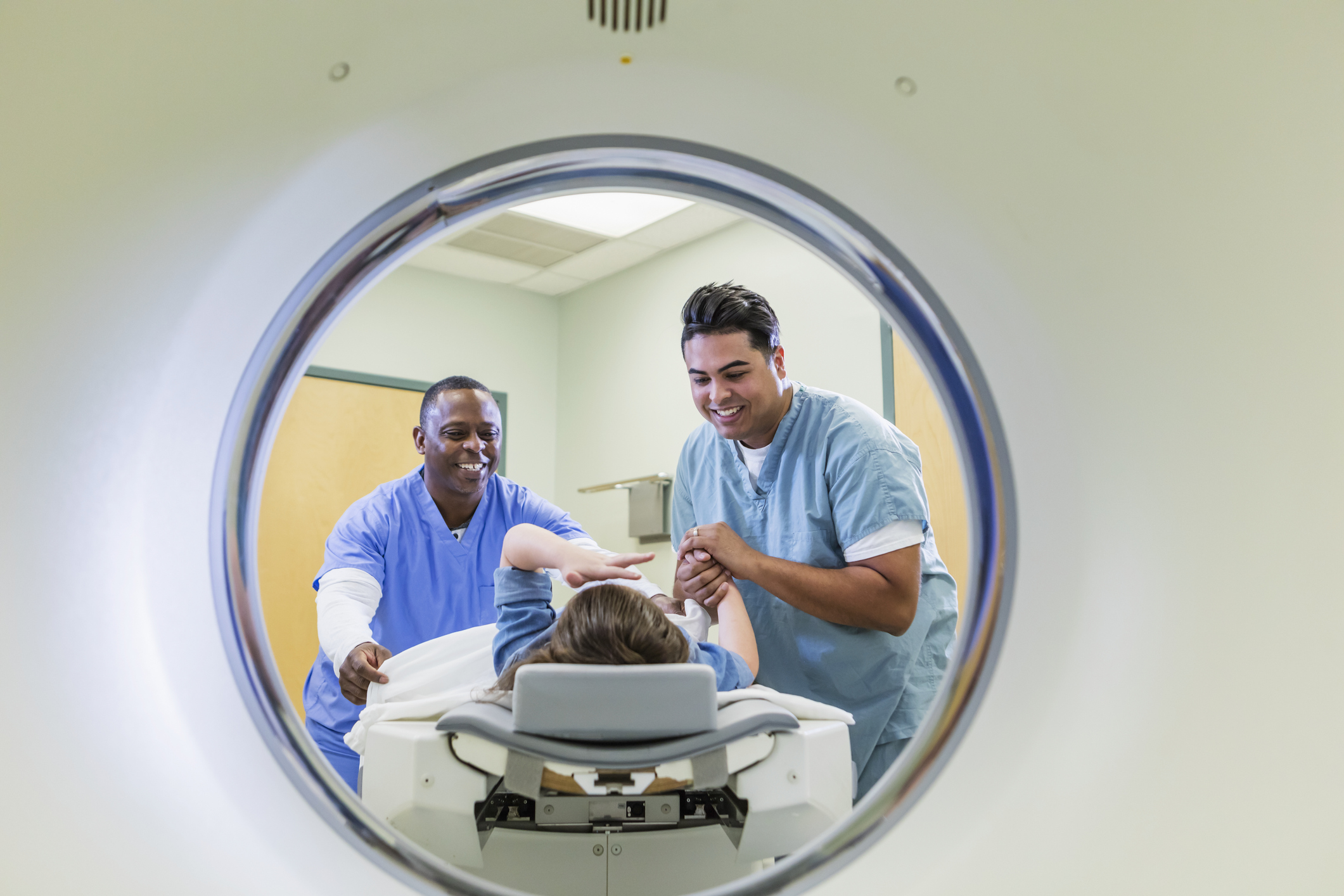 Patients
PatientsCould you be an ambassador for the Personalised Care Institute ?
Call for radiographers, sonographers and associated professionals with a passion for perso...
